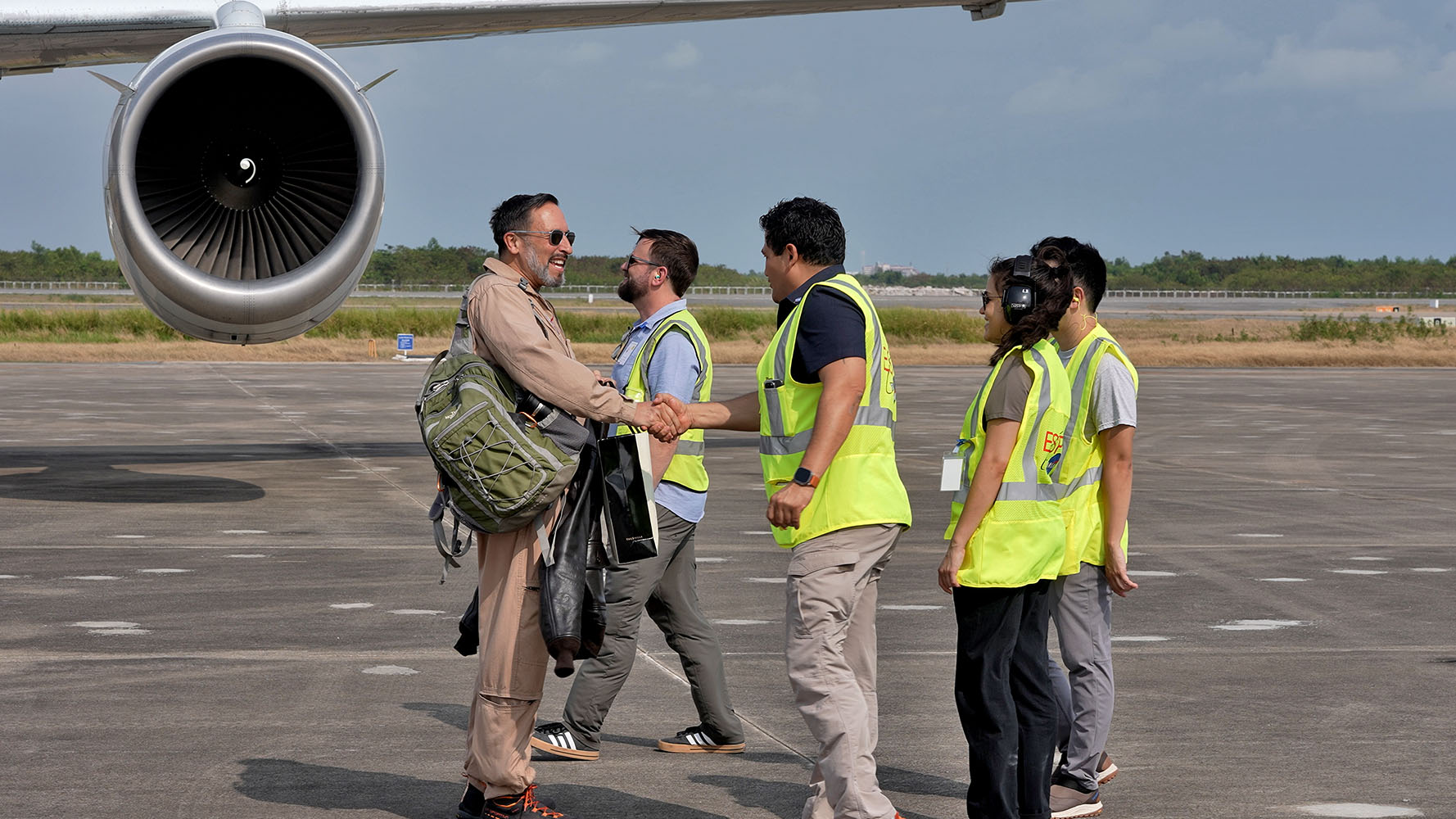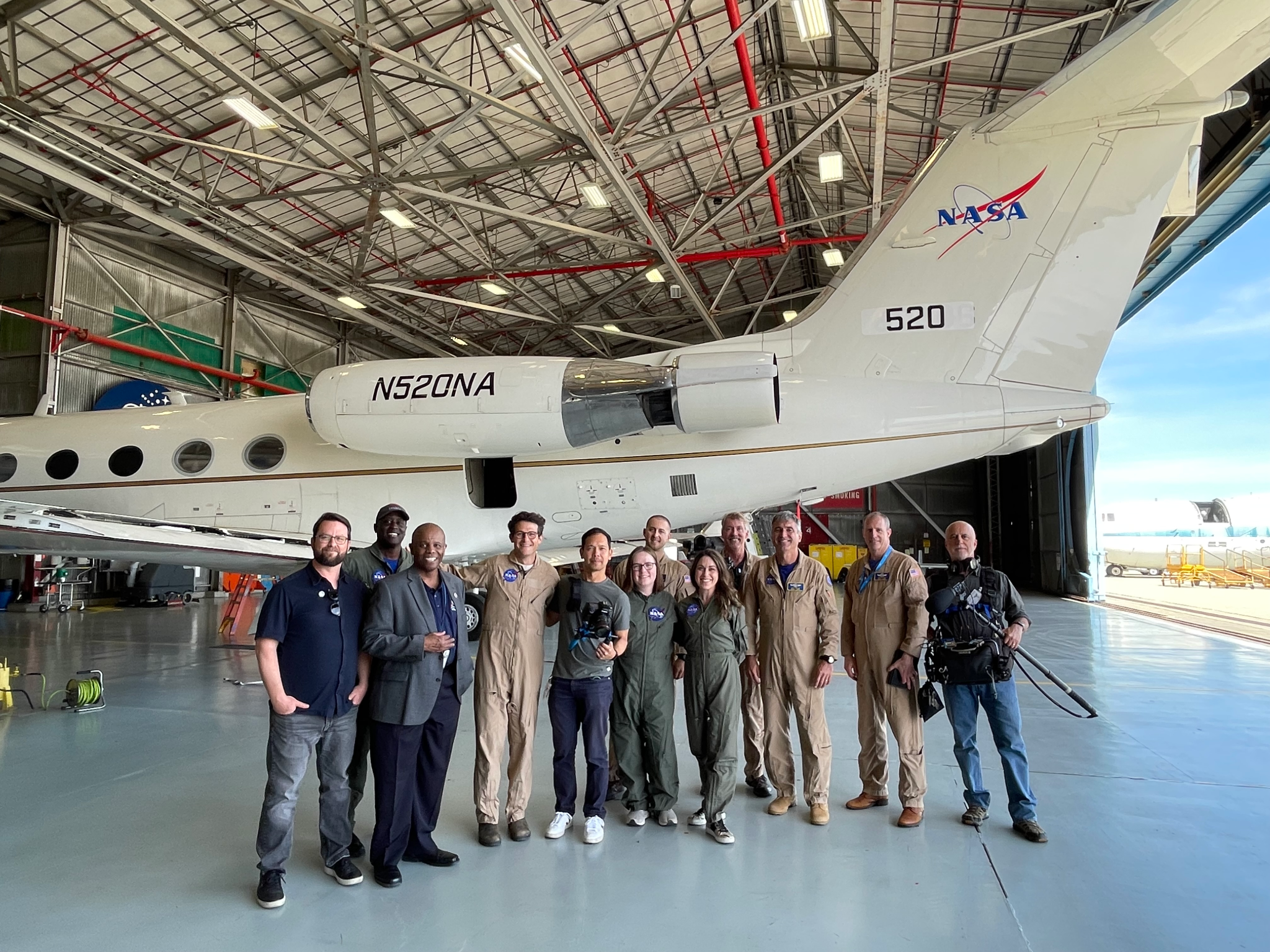7 min read

ESPO solves problems before you know you have them. If you are missing a canister of liquid nitrogen, got locked out of your rental car, or need clearance for a South Korean military base, you want ESPO in your corner.
What is ESPO?
While the Earth Science Project Office (ESPO) does many things, one of the team's primary responsibilities is providing project management for many of the largest and most complex airborne campaigns across NASA's Earth Science Division.
Some of these missions are domestic, such as the Sub-Mesoscale Ocean Dynamics Experiment (S-MODE). S-MODE deployed three separate field campaigns from 2021-2023, using planes, drones, marine robotics, and research vessels to study ocean eddies and sub-surface dynamics. NASA Ames Research Center, located in Northern California, served as S-MODE's control center and the base for two of the three deployed aircraft.

ESPO also provides project management for many international missions, such as the Airborne and Satellite Investigation of Asian Air Quality (ASIA-AQ), which deployed in January, 2024 out of South Korea, Thailand, and the Philippines. The campaign used satellites, aircraft, and ground-based sensors to study air quality across Asia, as part of a global effort to better understand the factors that contribute to air quality.
Despite the critical nature of ESPO's work, they'll be the first to tell you that their goal is to remain behind the scenes. "Our mission statement is essentially to let the scientists concentrate on science," said Erin Czech, Assistant Branch Chief of ESPO. "Our team's job is to stay in the background. We don't really advertise all the things we do, the pieces we put together, the crises we solve, because we don't want folks to have to be in the weeds with us. We'll take care of it."
Making the invisible, visible: What does this look like in practice?
Before a deployment:
Project management for major airborne campaigns begins long before a deployment. The team begins by helping establish a mission framework, such as getting a budget in place, settling grants and funding with partner universities and agencies, and performing site visits.
"We are not scientists," Czech said, "it's the job of the Principal Investigator to mission plan. Our job is to evaluate risk, set up contingency plans, and help make sure all the different groups are talking to each other. We work with world-class scientists, who are going to come up with an awesome plan; we just want to do whatever we need to in order to support them."






